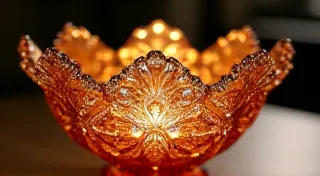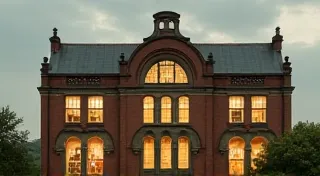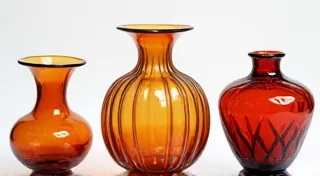Decoding Carnival Glass Prices: Factors Affecting Value
Understanding how rarity, condition, color, pattern, and maker’s marks influence the value of your carnival glass treasures.
Carnival glass, with its mesmerizing iridescence and vibrant colors, has captivated collectors for decades. But deciphering its prices can feel like a puzzle. Unlike some antiques where provenance is key, carnival glass value is a complex interplay of various factors. This article will break down those factors, giving you a better understanding of what influences the value of your carnival glass pieces.
Rarity: The Foundation of Value
Rarity is arguably the most significant driver of value in carnival glass collecting. Some patterns were produced in limited quantities for a short period, while others enjoyed a longer run. Knowing which patterns are scarce is fundamental. The history of carnival glass production is fascinating, and understanding the timeline can shed light on the scarcity of certain pieces - you can explore the rise and fall of carnival glass production for a deeper dive.
For example, the "Blackton" pattern is far less common than the "Vine and Moss" or "Comet." This scarcity directly impacts price. Early production runs of specific colors within a pattern also contribute to rarity. Certain colors, like “Bluejack” or early “Amethyst”, are highly sought after and command higher prices.
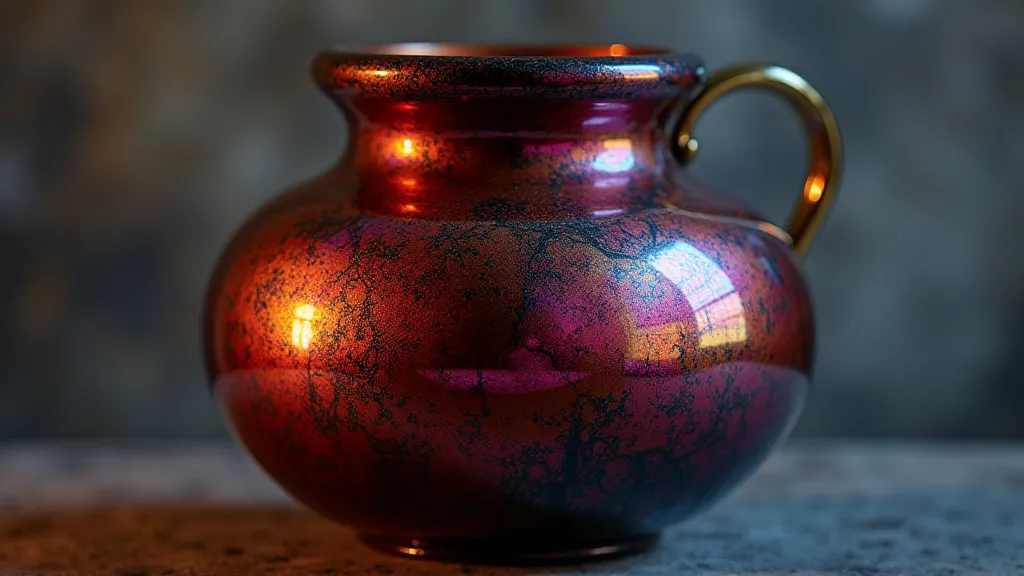
Condition: A Collector’s Top Priority
Like any antique, condition profoundly affects carnival glass value. Even minor imperfections can significantly lower the price. Collectors look for pieces that are free from cracks, chips, scratches, and repairs. Even a tiny nibble can detract from the piece’s overall appeal and reduce its worth.
While slight wear to the iridescence is almost unavoidable (and, in some cases, expected), significant damage is a major deterrent. Restored or repaired pieces are generally worth considerably less than pristine examples, although the quality of the restoration can impact this. The nuanced shades of color, particularly "Peachblow" – a truly coveted hue – can be dramatically affected by the piece’s condition. Interested in learning more about this specific color? Check out our spotlight on 'Peachblow' Carnival Glass for more information.
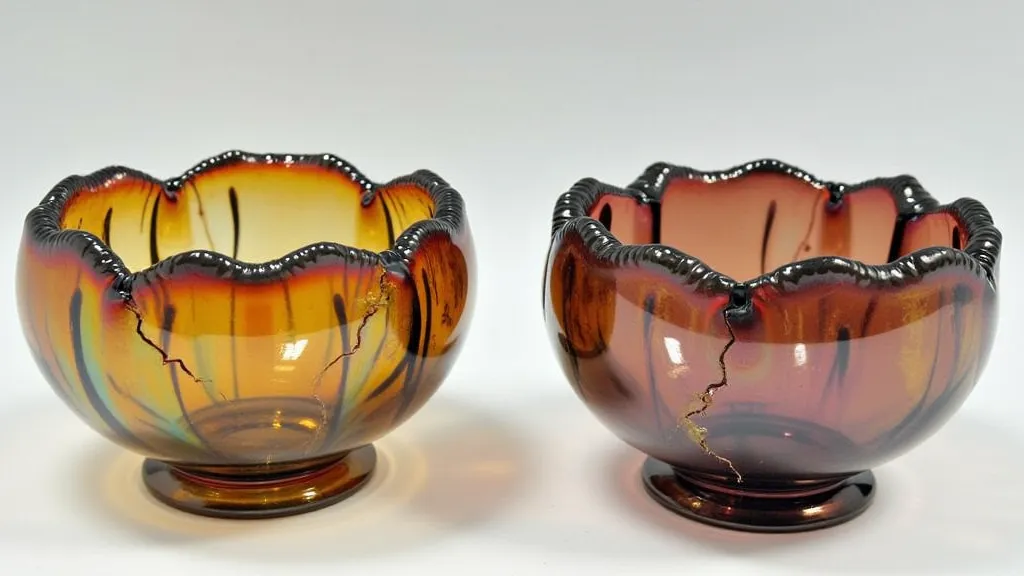
Color: A Spectrum of Value
The color of a carnival glass piece is another critical determinant of its value. While many patterns were produced in a range of colors, some colors are rarer and more desirable than others. "Royal Blue," "Peachblow," and "Lavender" often fetch higher prices.
The intensity and quality of the iridescence also influence value. A piece with a rich, vibrant “rainbow” effect will typically be worth more than one with faded or dull iridescence. The term "fire" is often used to describe the quality of the iridescence. Beyond the visual appeal, understanding the specifics of carnival glass colors can aid in accurate identification and valuation. You might find our collector’s guide to carnival glass colors particularly helpful in this regard.

Pattern: Identifying the Design
Carnival glass patterns can be challenging to identify, but knowing the pattern is essential for determining value. There are hundreds of recognized patterns, each with its unique design elements. The sheer variety of these patterns is a testament to the creativity of the glassmakers during the carnival glass era.
Common patterns like "Comet," "Vine and Moss," and "Swan" are generally more readily available and tend to be less expensive than rarer patterns. The scarcity of a particular pattern combined with a desirable color and excellent condition can drive prices up considerably. The most desirable pieces often combine a rare pattern with a uniquely appealing color.
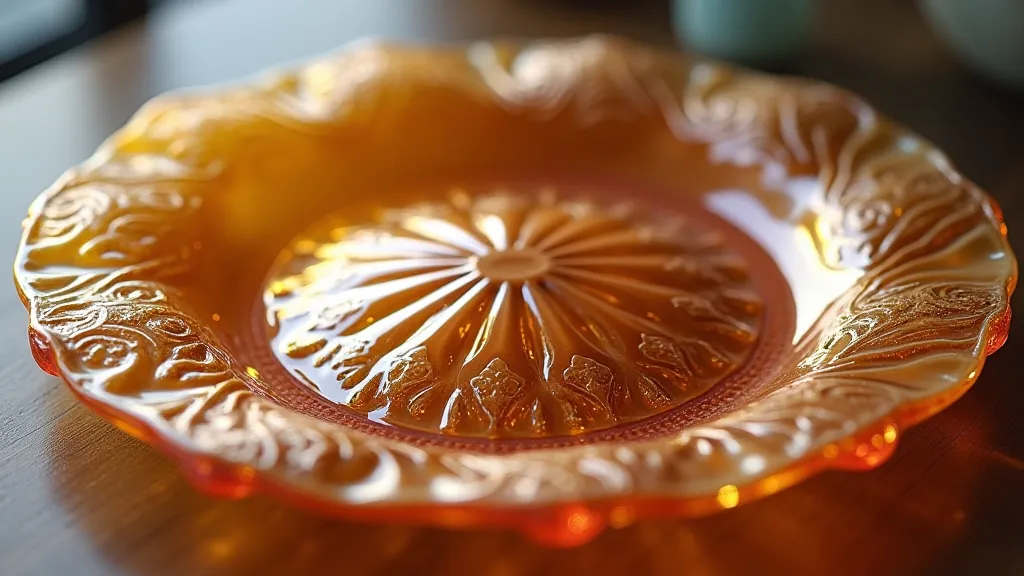
Maker’s Marks: A Clue to Origins
While maker’s marks aren't always present on carnival glass, their presence can add to a piece’s value. The most well-known manufacturer was Fenton, but other companies, such as Imperial, Northwood, and Hawley, also produced carnival glass.
Fenton pieces, especially those with early dates or rarer markings, tend to be more sought after. Knowing the specific characteristics of Fenton’s markings over time can be crucial for accurate identification and valuation. However, the absence of a maker’s mark doesn't necessarily detract from a piece’s value, particularly if the pattern is unusual or the color is desirable. Knowledgeable collectors often recognize patterns and characteristics even without a mark. Identifying the maker often relies on a combination of pattern recognition and stylistic clues.
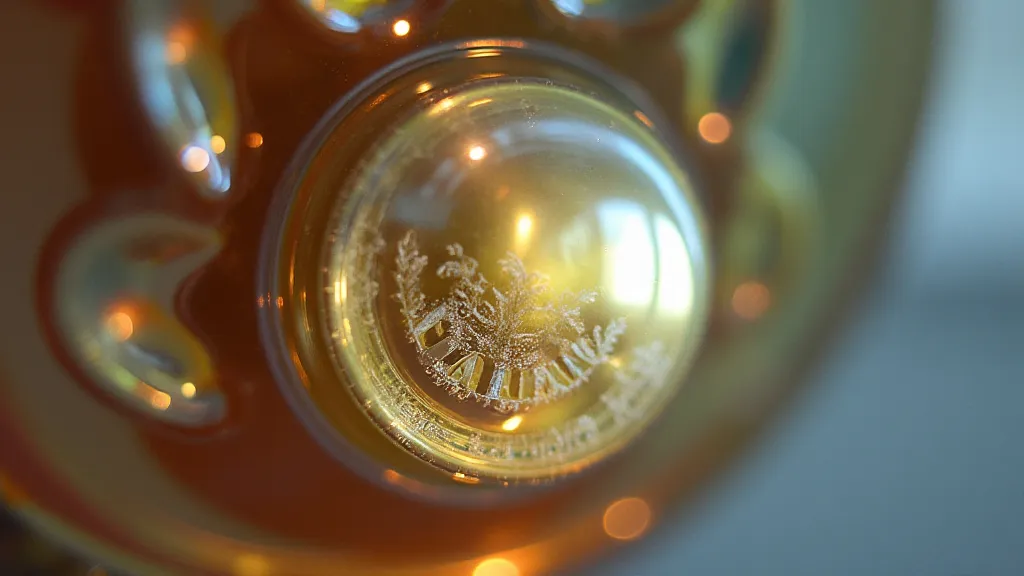
The nuances of these factors, coupled with the history of production and evolving collector preferences, create a dynamic market for carnival glass. Beyond the core elements discussed above, other considerations can impact value, such as the rarity of a specific size or shape within a pattern. Understanding the broader context of carnival glass collecting requires a continuous learning process, keeping abreast of new discoveries and evolving opinions within the community.
The evolution of carnival glass design is intrinsically linked to the technological advancements of the glassmaking industry. Early production techniques often resulted in pieces with distinct characteristics that are now highly prized by collectors. As production methods improved, the range of colors and patterns expanded, leading to an even greater diversity of pieces available in the market.
For the novice collector, the world of carnival glass can seem daunting. However, with a basic understanding of the key factors discussed in this article – rarity, condition, color, pattern, and maker’s marks – you can begin to navigate this fascinating market and appreciate the true value of these beautiful and captivating treasures. Building a collection isn't just about acquiring pieces; it's about uncovering the stories and artistry that lie within each unique example.
Don't forget to delve deeper into the world of patterns; identifying them correctly is key to unlocking the potential value of your carnival glass collection. From the well-known "Comet" to the more elusive varieties, each design holds a piece of history and a unique appeal to collectors.

